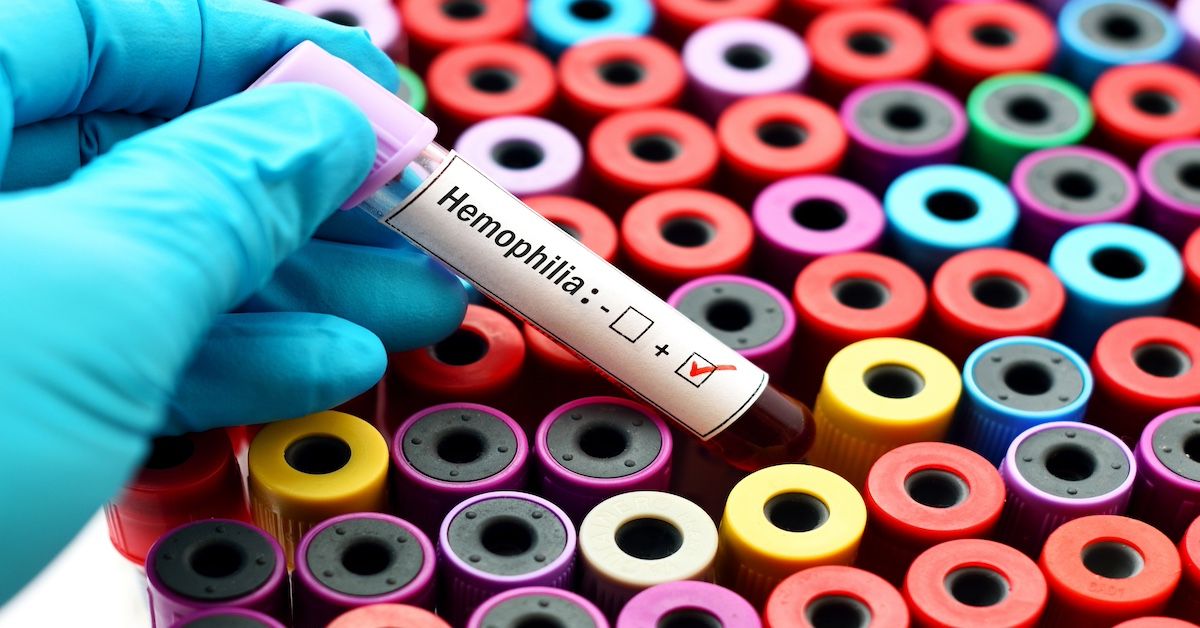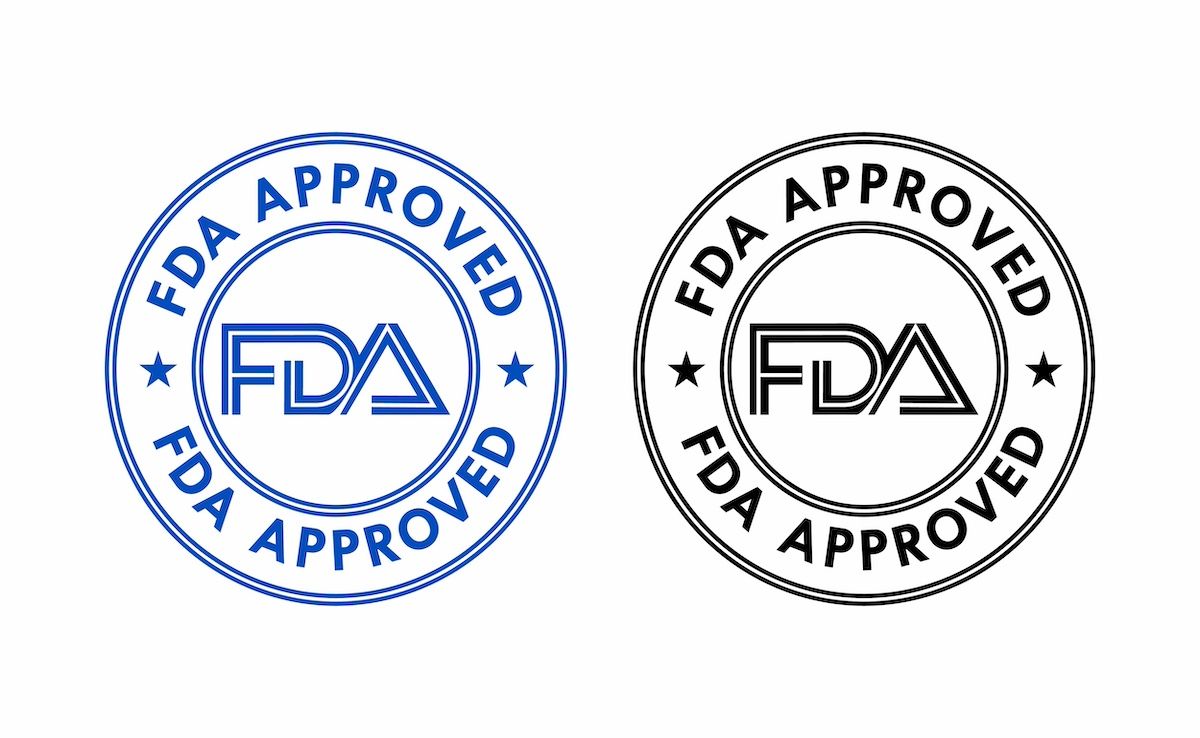News
Article
Caplacizumab Effective in Treating aTTP Along With Standard Regimen
Author(s):
Patients with acquired thrombotic thrombocytopenic purpura (aTTP) showed significant benefits in critical outcomes when treated with caplacizumab as well as the standard regimen.
Using caplacizumab to treat patients with acquired thrombotic thrombocytopenic purpura (aTTP) alongside the standard regimen was found to improve critical outcomes and was overall superior to the standard regimen alone, according to a study published in the International Journal of Technology Assessment in Health Care.
aTTP is the most common type of TTP, which is a rare hematologic disease caused by genetic abnormalities and autoantibodies that affect the function of ADAMTS13. Untreated aTTP can lead to a mortality of up to 90%, and delays in treatment can have significant effects on mortality. Standard treatment has been daily plasma exchange and immunosuppression, but caplacizumab has been recently approved to treat aTTP. This review aimed to “evaluate the effectiveness and safety of caplacizumab in conjunction with the standard regimen compared with the standard regimen in the treatment of patients with aTTP.”
The researchers classified therapeutic value according to the framework used by the Institute for Health Technology Assessment in Colombia. They searched the Medline, Embase, Cochrane Central Register of Controlled Trials, and WHO International Clinical Trials databases from their respective inception dates through to February 25, 2022. A manual search of each bibliography was also done. Studies were included if they were randomized clinical trials (RCTs) or observational studies, included adult patients with a diagnosis of aTTP, reported at least 1 result of interest, and were published in Spanish or English.
There were 5 primary studies that were used for this review, which comprised 2 RCTs and 3 real-world studies. Both RCTs were double-blind, placebo-controlled, and multicenter studies wherein all participants received caplacizumab or placebo in addition to daily plasma exchange and immunosurpression. The real-world studies featured 3 studies that collected information on patients who received caplacizumab and standard treatment in Germany, France, and the United Kingdom between 2018 and 2020. Of the 5 studies, 3 were rated as having a low risk of bias, 1 was rated as having a high risk of bias, and 1 found some concerns.
The first RCT, HERCULES, found that there was a significant reduction in the time to normalization of platelet count in patients who received caplacizumab and that those patients who received it had a higher probability of achieving a response to treatment (HR, 1.55) compared with the standard regimen. A lower proportion of patients with a composite outcome event was found in patients who were treated with caplacizumab compared with standard treatment (12% vs 49%).
aTTP recurrence was 67% lower in the caplacizumab group compared with the placebo group, and the number of sessions of plasma exchange was also reduced. Real-world studies also found a reduction in the time to normal platelet count and number of plasma exchanges when patients were treated with caplacizumab compared with the standard regimen.
The HERCULES trial found that 96% of those in the caplacizumab group and 90% of the standard regimen group experienced an adverse event, with fatigue, pyrexia, nausea, and gingival bleeding being the most common in the caplacizumab group. The risk of bleeding and epistaxis was also greater in the caplacizumab group.
A total of 65% of the caplacizumab group reported bleeding compared with 48% of the control group; however, all of these were resolved. There were 5 patients in the caplacizumab group and 9 in the control group who stopped treatment due to adverse events. The real-world studies found epistaxis and gingival bleeding to be the most frequent adverse events in the caplacizumab group.
Clinical superiority of treatment with caplacizumab was determined through decreased incidence of exacerbations and aTTP-related death, recurrence, or a major thromboembolic event. Treatment with caplacizumab was found to have an additional therapeutic benefit in achieving normal platelet count and reduce the number of days for plasma exchange and hospital stay.
The researchers concluded that adding caplacizumab to the standard regiment of treating aTTP can reduce the time to normal platelet count, recurrence, and refractoriness, which can reduce the utilization of health care resources.
Reference
Soto-Mora JA, Gómez-Espitia LM, Lasalvia P, Castellanos Moreno CA, Casallas Vanegas CA, Londoño Gutiérrez SA. Effectiveness and safety of caplacizumab in acquired thrombotic thrombocytopenic purpura: health technology assessment and classification according to the methodology established in Colombia. Int J Technol Assess Health Care. Published online July 21, 2023. doi:10.1017/S0266462323000442
Newsletter
Stay ahead of policy, cost, and value—subscribe to AJMC for expert insights at the intersection of clinical care and health economics.





